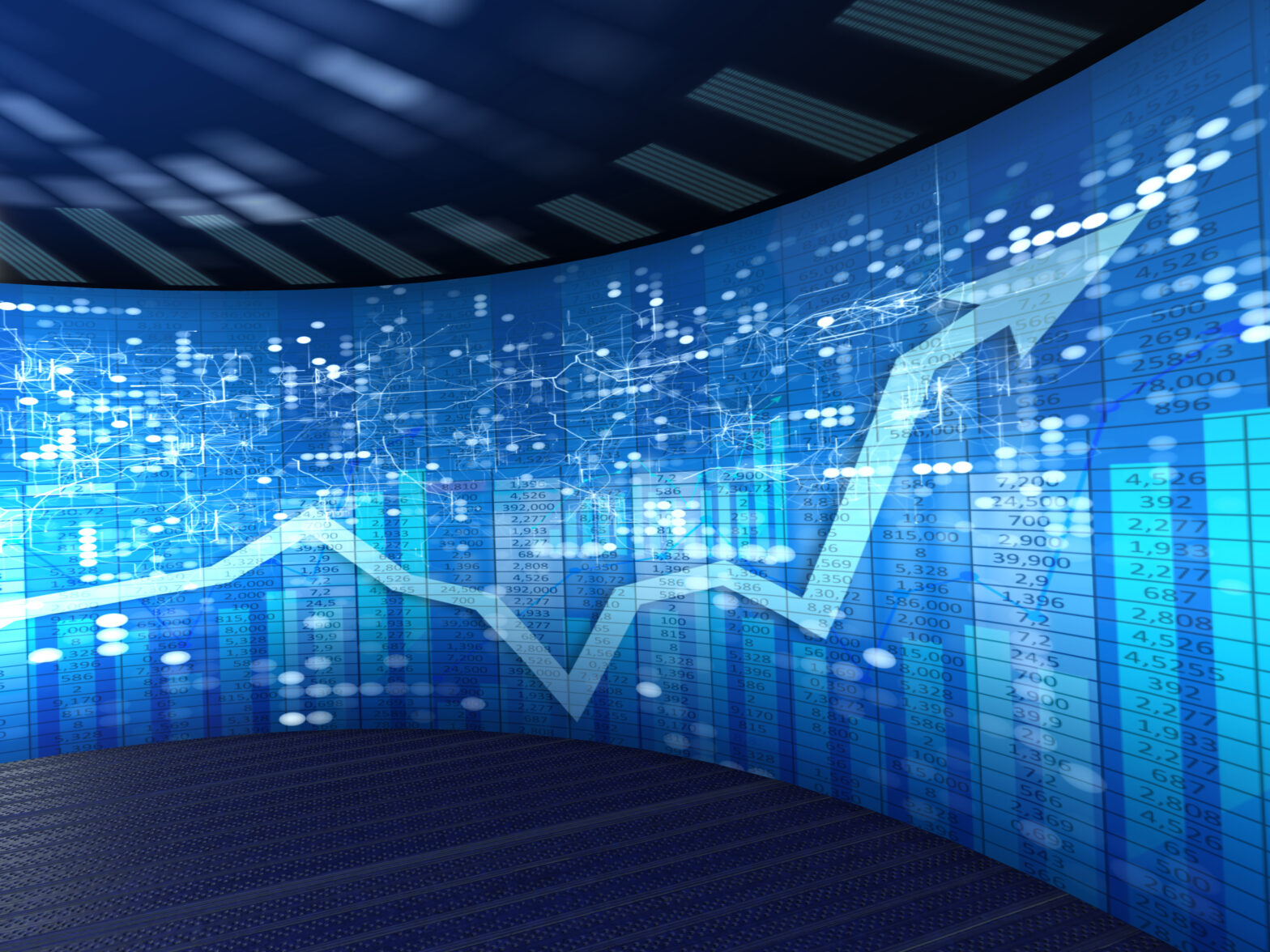The IoT, big data, cloud technologies and analytics are generally talked about as being the drivers of our technological future. They’re mentioned in the same breath as smart cities, driverless cars and improved healthcare.
But people hear relatively little about the role of visual data within the Internet of Things. That’s strange, as visual data – or the Visual IoT – will be central to many of the developments that will touch our lives. Indeed, this is already proving to be the case. When you check in at an airport a reader scans your boarding pass and a camera scans your face. Without the visual data that the camera captures the system would be much less effective.
The rise of video analytics
A central plank of the increased use of visual data is the rise of video analytics. This is undergoing massive growth. Analyst McKinsey says that video-analytics applications will see a compound annual growth rate of more than 50% over the next five years, contributing to a potential economic impact for the IoT of $3.9 trillion to $11.1 trillion a year by 2025.
>See also: 2017: the year of data literacy?
When thinking about video analytics the chances are that people think first about surveillance. And indeed, the ability of analytics to detect suspicious behaviour, and even individual faces, is improving all the time, and there are plenty of examples of surveillance systems that can benefit.
Cloud technology drives economies of scale that make such systems accessible to a huge variety of situations from the multimillion footfall of airports and city centres through to smaller locations such as schools, hospitals, housing estates and care homes.
But there is a need to think beyond surveillance. A system using video analytics that’s deployed on a transit system could just as easily be used to spot people who might need assistance with luggage, who look lost and even who might be contemplating suicide. In these cases a transit operator could identify a situation and quickly deploy staff to handle it.
Moving away from the old model
Once we start thinking about the potential for the Visual IoT there are examples to be found everywhere. Drones equipped with cameras help disaster relief agencies find ways through damaged streets; robots access deep mines, perhaps with unbreathable air, to explore and map them, and to identify new seams; cameras in private or residential homes monitor individuals’ movements not to ‘spy’ on people, but to ensure they are mobile, are eating and drinking, and are not in need of assistance.
>See also: The UK’s top 50 data leaders 2017
Earlier this year UK’s Environment Secretary said that CCTV would become mandatory in all slaughterhouses in England. The motivation is to increase animal welfare standards, and footage will be accessible to the Food Standards Agency’s Official Veterinarians, who monitor and enforce animal welfare standards in the slaughterhouse.
If this materialises as a system that involves the collection of visual data that’s randomly spot-checked, it could miss as many breaches of standards as it spots, and will be an outdated way of addressing the problem. If, on the other hand, visual data is sent to the cloud and visual analytics are applied to identify breaches, it could be transformational.
A watershed for legacy systems
Cloudview estimates there are currently 8.5 million cameras in the UK. The vast majority of these are used for surveillance purposes. Together they create 10.3 petabytes of visual data every hour. Most of this data is locally stored and never even glanced at.
Now, not all of these cameras are appropriate for video analytics, but many of them are. The 2 million or so on transportation systems are potentially able to be used as much for people flow control and health and safety, as they are for traditional CCTV style uses.
Most of the 800,000 cameras in the housing sector currently store their visual data on local video recorders, where it has to be accessed manually. This means staff need to physically visit the recorder and inevitably the visual data they view is historical.
>See also: 5 secrets of the data lake revealed for the enterprise
Those housing providers who store their visual data in the cloud open up new possibilities such as using video analytics to automatically check that maintenance contracts are being fulfilled and parking spaces not abused.
Staff can be alerted as necessary, in real time, making it easy for them to address problems. In the case of serious issues they can also share live footage with agencies such as the police, ambulance and fire service.
Society is at a crossroads where a number of technologies are coming together in ways that will help us make even more use of the visual data that’s already being collected as well as data from new sources.
From the food people eat to the transport we use, from the centres we visit for shopping and leisure to the way our homes are managed and the ways in which we care for the ill and vulnerable, visual data can play its part.
Sourced by James Wickes, co-founder and chief executive of Cloudview










